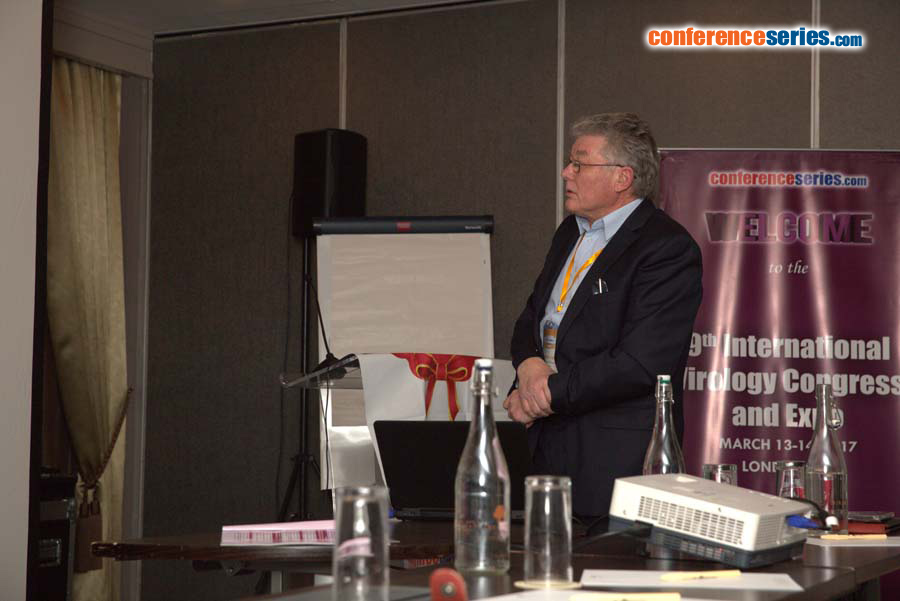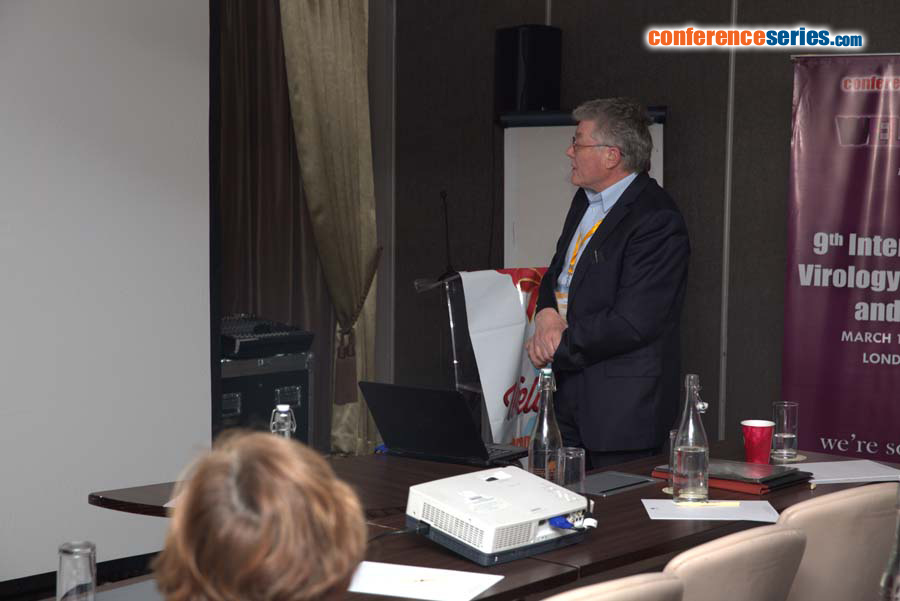
VladimÃr Zajac
Cancer Research Institute, Slovakia Lunch
Title: The role of bacteria and yeast in the process of AIDS: an evolutionary point of view
Biography
Biography: VladimÃr Zajac
Abstract
There is increasing evidence, pointing out that GIT and other mucosal tissue are the main places of HIV infection and CD4+T cells loss but and not the blood. These findings go along with the new studies about the role of bacterial translocation in the gut as central driver of AIDS pathogenesis. We have identified HIV-like sequences and HIV-like proteins in bacteria and yeast in a cohort of 80 HIV positive patients from Slovakia, USA, Kenya and Cambodia. DNA testing of bacteria and yeasts: a) From intestinal tract of American and Slovak HIV-positive patients; b) From respiratory tract of Cambodian and Kenyan HIV-positive children has detected sequences 90% homologous with the corresponding sequences of HIV-1. Using monoclonal antibodies (MAB) against HIV-1 antigens p17, p24, gp41 and p55 we have identified HIV-like proteins in bacterial extracts of most tested patients. HIV-like protein of size 95 kDa was detected by MAB against gp120 only in Candida species of Cambodian and Kenyan samples. Specific properties of patient’s microbiota by co-cultivation with HL-60 cells and reducing the viral load in AIDS patients after administration of probiotics E. coli Nissle 1917 were detected. Based on these results it can be hypothetically explained that bacteria and yeasts serve as a natural host of HIV sequences since the beginning of mankind. Thanks to countless epidemics, individuals carrying the pathogenic microbes with HIV sequences largely extinct. This tremendous longtime sanitary process - continued until the 18th century, took place mainly in Europe, consequently in USA, GB colonies, partially in Asia and North Africa. However, administration of antibiotics, drugs and anal intercourse induced intestinal dysbiosis and pathogenic bacteria were re-propagated. When pathogenic microbes bearing HIV sequences moved to the majority, penetrated from the intestinal tract into the blood, invaded the lymphocyte, infected/lysed them, the process of immunodeficiency might start. Presented hypothesis answers to many unanswered questions like the origin of HIV, connection of AIDS with TBC in Africa, absence of gold standard in Africa, the presence of HIV reservoirs after antiretroviral therapy, the rarity of complete viral particles detection in the material from AIDS patients, and detection of HIV sequences and the HIV-like proteins. According to our results there is a strong objection against dogma that HIV was transmitted to humans from apes in Africa about 35-50 years ago on the route of accidental contacts. Based on our results we submit proposals for an explanation of one of the most serious problems concerning this disease, which is a large-scale HIV positive in Africa on the basis of evolutionary process.






